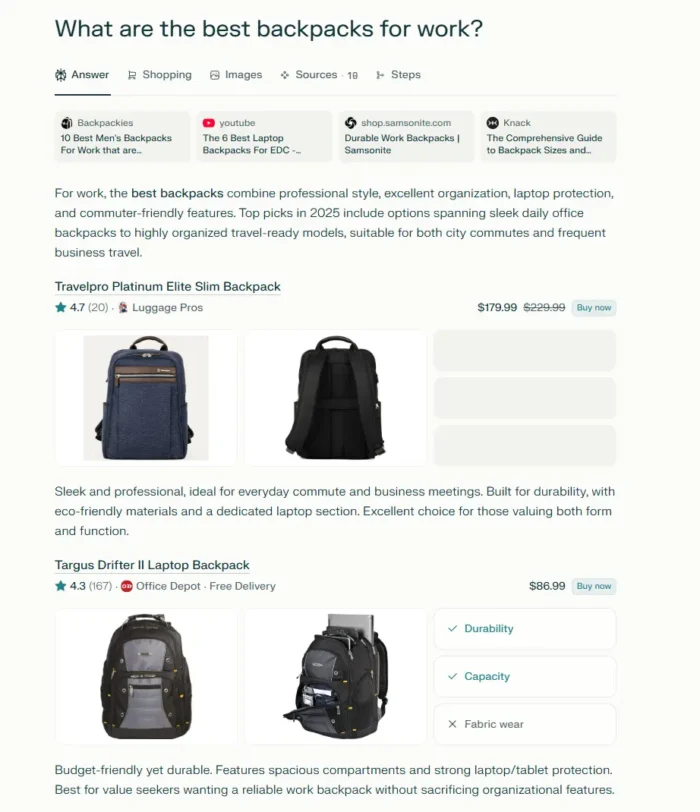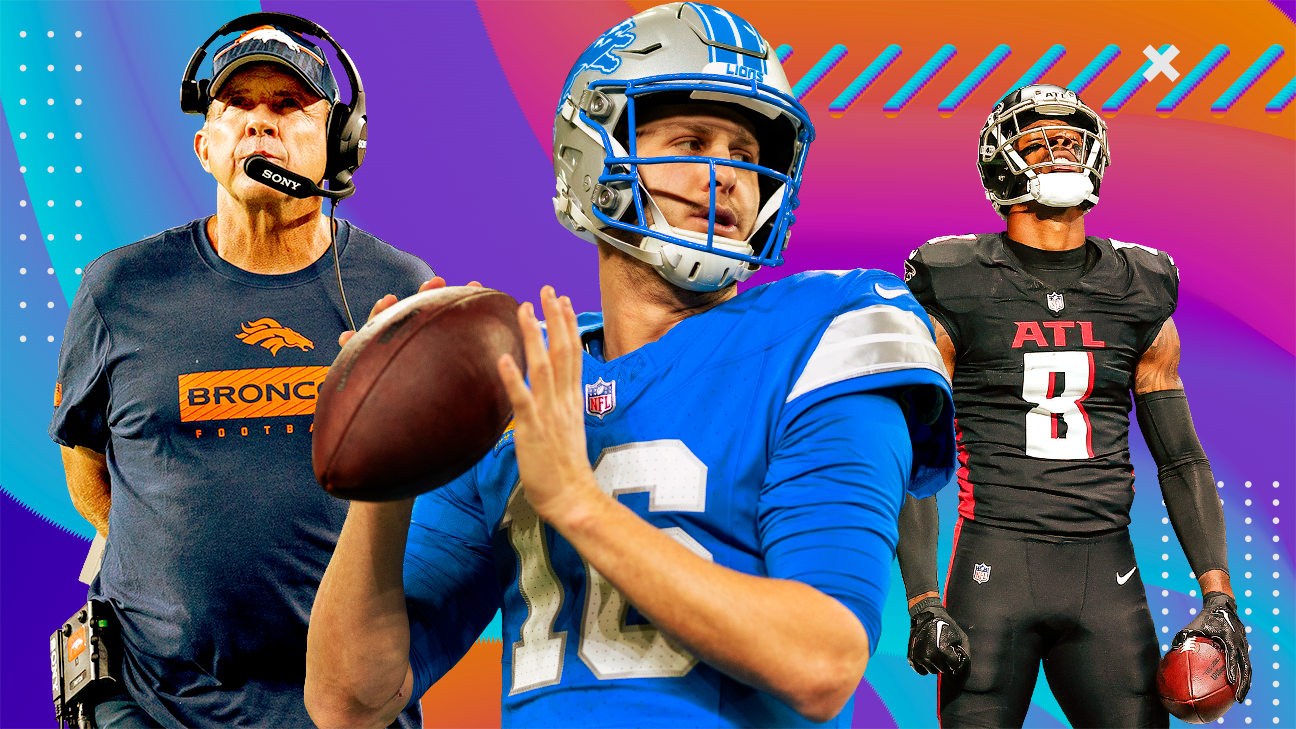How Bored Ape Yacht Club is building a metaverse out of its brand identity
The co-founders of BAYC and Yuga Labs told Ad Age about their ambitious metaverse project, Otherside.

During MTV’s VMAs this weekend, rappers Eminem and Snoop Dogg performed alongside a backdrop of metaverse iconography: There were alien creatures with glowing red eyes, a foreign planet with floating landscapes and a club perched on a swamp. Even the rappers themselves appeared as virtual avatars, taking the form of cartoon apes on a hazy mission devised around their song.
Unbeknownst to many viewers, these images allude to stories that Yuga Labs—the company behind the wildly successful NFT collection Bored Ape Yacht Club (BAYC)—is using to build its own metaverse ecosystem. Dubbed Otherside, this world will attempt to blend the gameplay of massively multiplayer online role-playing games (MMORPGs), like World of Warcraft, with the decentralized structure and economic foundation of Web3.
Although BAYC and Yuga co-founders Wylie Aronow (aka Gordon Goner) and Greg Solano (aka Gargamel), described Otherside as “the most ambitious gaming project in history,” the underlying strategy is actually quite simple, and even applicable to traditional brands looking to build metaverse spaces. Its focus revolves around porting over the symbols, themes and potential storylines of its brand—in essence, its unique identity—to a new setting where fans can engage with these tools directly. The process is somewhat like inviting your community to participate in an open film set, where both the script and the direction are a collaborative effort.
“What's most important to us is storytelling,” Solano said. “Otherside is a place where we want to really develop a compelling story to hook people in and introduce them to our world. To me, that’s the most powerful marketing that you can do.”
Metaverse marketing blog
Catch up on the latest virtual experiences and more
This story hinges on the use of intrigue—a core element of Yuga’s brand mythos that was first introduced through its BAYC NFT collection. The company is already teasing this aspect as a main feature of Otherside, with strange concepts such as “the decoupling” and “the aeronauts,” which Yuga has declined to define until a later date. Themes of swamps and potions are also prevalent in promotional materials and are direct allusions to popular symbols in the BAYC collection.
In a more encompassing teaser, Yuga in July hosted a first look at the world itself, which it dubbed “First Trip.” This demo saw over 4,500 participants interacting with each other, as well as a giant Bored Ape and an evil creature attacking users. Beyond that, the world was mostly empty—or open for creation, as the founders see it.

An evil creature that participants fought together during Otherside's "First Trip."
Credit: Yuga Labs
Unfolding storyline
Before “First Trip,” and the preceding sale of Otherside land deeds that generated $760 million in 24 hours, Yuga released a trailer (shown below) intended to be the initial bridge from its NFT collection to its metaverse.
“What you're beginning to see from that trailer and through each activation—which we're calling ‘trips’—is more of that narrative revealed to the audience,” said Aronow. This storyline will unfold in 11 parts, like episodes in an interactive television show.
Cinematization, or the channeling of promotional materials into movie-like grandiosity, is not a foreign concept to marketing, and is often used by the gaming industry and large-scale campaigns for occasions like the Super Bowl. It may also be an effective way to begin showing fans how your brand’s imagery and symbols will play a role in a virtual, creative setting. For Yuga, these are the tools that allow for world-building, and aim to trigger fans to Otherside by enabling them to creatively expand on the themes introduced by BAYC.
Yuga is also borrowing from the gaming industry because it sees gamified experiences as the core offering of the metaverse, said Solano. He explained how a favorite video game of his youth, “Warcraft III,” exposed players to proto-Web3 concepts by opening up its map-maker kit and allowing them to build on top of the platform. But since digital ownership was, at the time, impossible, creators were unable to monetize their efforts. NFTs and blockchain technology are the solution to this, he said.
Users’ rights is another important theme to the BAYC brand, and one that Yuga intends to port over to Otherside. BAYC holders have full intellectual property rights over their NFTs, meaning they can commercialize them in ways that most other collections prohibit, such as for limited-edition M&Ms or tech accessories or even a Bored Ape-themed restaurant.
In a virtual setting, this freedom lends itself to the capacity for open-building, said Aronow. Users will not only be able to create worlds within Otherside, but also own the land and the experiences belonging to those worlds, leading to monetization of their efforts.
“The metaverse in general is the furthest extension of where we can take ideas that we've been playing with the Bored Ape Yacht Club,” he said. “It’s taking that model of digital ownership to the furthest extent that the internet is capable of.”
‘Community in tow’
By virtue of Otherside’s reliance on its users’ creations, the space as a whole will be developed by the community, as opposed to Yuga alone.
“Traditionally, when you think about a game or even a gaming platform, you'll get a teaser then you have to wait a few years to hear anything else about what's going on,” said Aronow. “That's completely opposite of what we're doing. Otherside is genuinely being built with the community in tow. We're not going to hide away for years while we build on this thing.”
This rationale encapsulates the idea of the open film set, which deconstructs the typical notion of a brand as provider and user as consumer. Marketers are already experimenting with Web3 tools that enable a similar kind of collaboration, such as through decentralized autonomous organizations (DAOs). Expanding this approach to the development of an entire metaverse experience is how Yuga aims to drive engagement from the start.

An Otherside land deed and its location on the world's map.
Credit: Yuga Labs
Interoperability is another feature of Otherside’s decentralized structure. Yuga hinted at what this future may look in its trailer, which showed a Bored Ape meeting a spaceship full of Yuga and non-Yuga NFTs, including Nouns, World of Women and Cool Cats. Solano expects people to assume that Yuga made deals with these other ecosystems, but that isn’t the case. In the vision of Otherside, such partnerships won’t be necessary.
“We want to create things using Open Object Standards so that you can take things off of our platform and move them to another one,” he said. “And the benefit from that is vice-versa: If other people are adhering to Open Object Standards, they can come into our worlds. The network effects just get stronger if we maintain that openness.”
Open Object Standards is a set of criteria that enables interoperability. Yuga is currently developing the program with metaverse platform Improbable, which is also providing the underlying technology for Otherside. Any network that follows these standards, whether or not they are built with Improbable, will be fully supported within Otherside.
NFT marketing blog
Catch up on the latest non-fungible tokens from brands
Interoperability and community go hand-in-hand, which explains why platforms building without the former will inevitably lose out on the latter, according to Aronow.
“The internet is going to continue to evolve from closed, walled-garden ecosystems to open ones time and time again,” he said. “And so, a metaverse that isn't putting interoperability at the forefront is going to be left behind.”
Herman Narula, co-founder and CEO of Improbable, told Ad Age that Otherside operates on cryptocurrency principles. A token called ApeCoin will be the fundamental currency of Otherside, and it has real value (just under $5 at press time). Without this kind of openness, Narula said, a platform like Meta’s Horizon Worlds—which is planning to take nearly 50% of creator’s earnings—doesn’t offer the same value proposition.
Furthermore, a community that is incorporated and invested will actually want to engage with the core brand and add to its mythology. Such is how the Otherside-inspired VMAs performance came together. Eminem and Snoop Dogg, both Bored Ape holders, wanted to use their NFTs in a music video, said Aronow, and soon afterwards, the two artists and Yuga began brainstorming what an activation at the VMAs could look like.
If a brand is lucky, as in this case for Yuga, the marketing may take care of itself.
“It’s like a generous flywheel, without paying for some crazy promotion or something like that,” said Solano.
More metaverse/Web3 coverage from Ad Age

 MikeTyes
MikeTyes 































